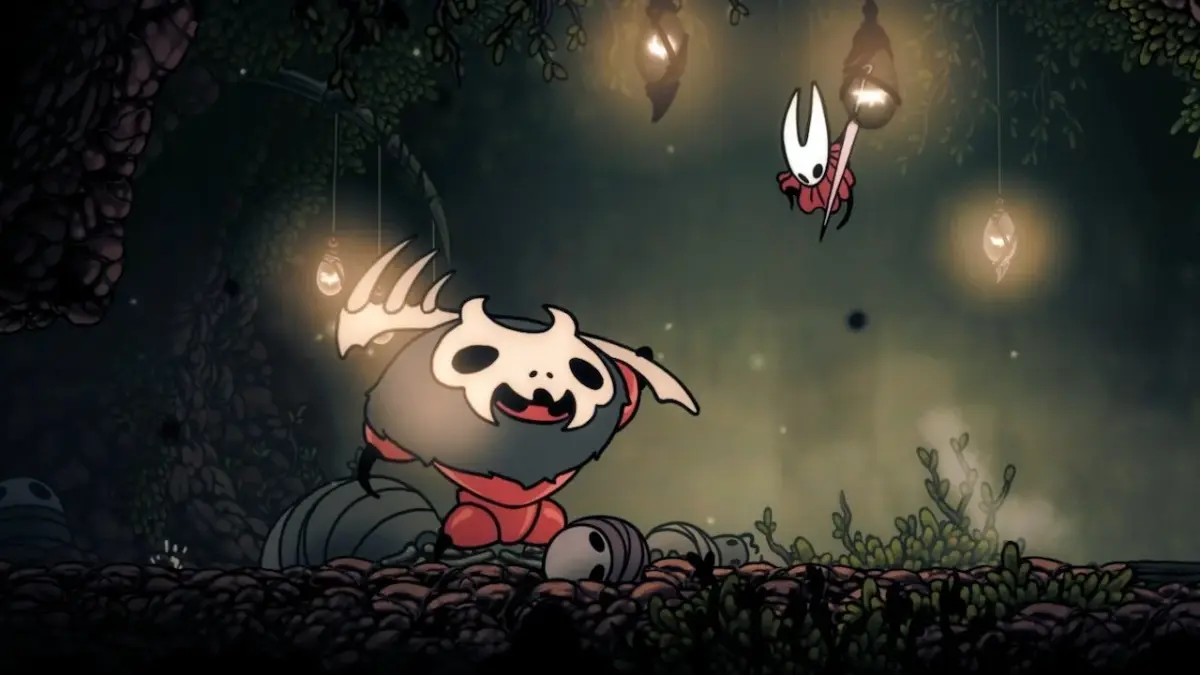IGN has published a report highlighting a big community argument that erupted after Hollow Knight: Silksong‘s launch. The controversy centers on the game’s challenging difficulty and especially its “boss runbacks”—the often lengthy treks players must repeat from checkpoints to boss fights after each death.
The debate strikes at the heart of a fundamental design question in modern gaming. How much friction should exist between a player’s death and their next attempt?
In Silksong, many bosses require 30–60 seconds of platforming and enemy dodging just to reach the fight again. Players report that these runbacks often include hazards that deal two masks of damage—significant when starting health sits at just five or six masks. The result is that players can lose substantial health before even reaching the boss they’re trying to learn.
The game’s economy adds another layer of frustration. Currency drops are reportedly scarce, with many enemies and even bosses offering little reward. Meanwhile, essential purchases like maps and fast travel points demand payment, forcing players to farm or backtrack.
“Runbacks aren’t difficulty—they’re an antiquated idea that punishes failure with busywork,” one player argued in the ongoing discussion. This sentiment echoes throughout the debate, with many distinguishing between genuine challenge and what they see as unnecessary time-wasting.
Not everyone agrees with these criticisms. Some players insist that most runbacks become manageable once shortcuts are discovered and optimal routes are learned. They argue the trek back is part of the intended challenge, integrating area mastery with boss encounters in classic metroidvania fashion.
The discussion frequently references modern games that have moved away from lengthy runbacks. Elden Ring’s Stakes of Marika place respawn points directly outside boss rooms. Metroid Dread automatically respawns players at boss doors. Even FromSoftware’s more recent titles like Sekiro have largely abandoned the punishing runs of earlier Souls games.
When benches bite back
Several specific areas draw repeated complaints. The Act one “Last Judge” encounter and later sections like Bilewater are cited as particularly egregious examples. Some players report discovering benches that turn out to be traps—a cruel twist in a game where save points are already precious.
The community has proposed various solutions. Adding boss-door checkpoints similar to Elden Ring‘s system tops most wish lists. Others suggest reducing early-game damage from two masks to one, increasing currency drops, or improving boss rewards to make victories feel more meaningful. Some players have already turned to mods that add instant boss respawns.
Team Cherry’s approach places Silksong firmly in the traditional camp of challenging metroidvanias, where the journey to a boss is considered part of the challenge. Whether this design philosophy still resonates with modern players remains the central question of IGN’s report and the ongoing community discussion.


